In 2025, the digital world is moving faster than ever. Businesses of every size are trying to find the best way to connect with customers, improve user experience, and grow their brand online. One of the most common questions is whether to build a mobile app or a web app. While both have evolved significantly over the years, the decision depends on your audience, your goals, and your resources. Understanding the difference between the two options can help you choose the path that leads to better adoption, stronger engagement, and higher returns.
Understanding Mobile Apps
A mobile app is a software application specifically designed for smartphones or tablets. Users download these apps from app stores such as Google Play or Apple’s App Store. Mobile apps can be developed in two main ways. Some are native apps, built with programming languages like Swift for iOS or Kotlin for Android, which allow them to deliver high performance and deep integration with the device. Others are cross-platform apps, created with frameworks like Flutter or React Native, making it possible to use a single codebase for both iOS and Android.
In recent years, no-code platforms like FlutterFlow have also made it possible to build mobile apps without writing traditional code. This has lowered the barrier for startups and small businesses, enabling faster development cycles and reduced costs. Regardless of the approach, mobile apps are known for being fast, interactive, and capable of using offline data, which makes them an attractive option for businesses that want to offer personalized and engaging experiences.
Understanding Web Apps
A web app, on the other hand, is accessed directly through a browser. Instead of requiring a download, users simply visit a link and start using the application. Unlike a static website, web apps provide interactivity and functionality, often resembling the experience of a traditional software program.
The most exciting evolution in web apps is the Progressive Web App (PWA). PWAs can now send push notifications, store data offline, and even be installed on a user’s home screen. This makes them much closer in functionality to mobile apps, while still being cheaper and easier to maintain. Thanks to no-code tools like WeWeb for the front end and Xano for the backend, businesses can now build scalable web apps faster and without hiring large development teams.
Key Differences Between Mobile and Web Apps
When comparing mobile apps and web apps, the differences go beyond technology. A mobile app requires installation from an app store, which can create a small barrier to entry, but once installed it usually provides a smoother and faster experience. A web app, in contrast, is available instantly in any browser, making it more accessible but often less powerful.
Updates also work differently. For a mobile app, updates must be approved by app stores, and users have to download them. In contrast, web apps update automatically in the background, so every user always has the latest version. Performance is another area where mobile apps usually have the advantage, since they can directly use device resources. Web apps rely on internet connection and browser performance, which can make them slower in some cases.
Finally, costs are important for businesses in 2025. Mobile apps tend to be more expensive to build and maintain, especially if you need versions for both iOS and Android. Web apps, however, are more affordable since one version works across all devices.
Why Businesses Still Choose Mobile Apps
Mobile apps continue to dominate in industries that require deeper user engagement. Features like push notifications allow businesses to remind customers about promotions, appointments, or new content directly on their phone screens. Apps also allow offline functionality, making them essential for industries like travel, healthcare, and education where connectivity is not always guaranteed.
Mobile apps also enhance brand visibility. Simply being present on app stores increases credibility and shows customers that your business is established and trustworthy. Performance is another major reason businesses choose mobile apps, since apps load quickly, respond smoothly, and can use features like GPS, biometrics, and camera access to create a better experience.
Why Web Apps are Becoming More Popular
For businesses with limited budgets or those who want to reach the largest audience possible, web apps offer powerful advantages. The fact that users do not need to install anything makes adoption easier and reduces friction. This is especially helpful for startups, where quick adoption and user testing are critical.
Web apps are also cost-effective. A single app works across all platforms, meaning businesses don’t need separate versions for iOS and Android. Updates are instant, so customers always see the latest features without delays or downloads. With the rise of PWAs, web apps now offer offline functionality and notifications as well, bridging the gap with mobile apps.
Costs in 2025
In 2025, the cost of building an app depends on complexity and features. A traditional mobile app can cost anywhere from $30,000 to $150,000 or more, depending on integrations and design. A web app, by comparison, usually costs between $10,000 and $50,000, making it a more affordable option.
However, the rise of no-code platforms like WeWeb, Xano, and FlutterFlow has completely changed this picture. Businesses can now launch apps at a fraction of the traditional cost, often saving up to 70% in development expenses while still getting powerful and scalable products.
Which is Better for Startups in 2025?
Startups face unique challenges, and deciding between a mobile app and a web app can shape the future of their product. Many startups begin with a web app because it is faster and cheaper to launch, allowing them to test their idea and gather feedback. Once they gain traction and secure funding, they expand into mobile apps to offer deeper engagement and stronger brand presence.
The smart path is often to build a web app MVP first, validate the business model, and then invest in a mobile app when the product is ready for mass adoption.
Use Cases Across Industries
In e-commerce, mobile apps excel because they allow personalized offers, loyalty programs, and push notifications that keep customers coming back. However, web apps make it easy for first-time shoppers to explore products without committing to a download.
In education, mobile apps are powerful for offline learning and gamified lessons, while web apps ensure accessibility across devices for remote students. SaaS companies often rely on web apps for complex dashboards but add mobile apps to provide productivity tools on-the-go. In healthcare, mobile apps are used for appointment reminders and wearable integrations, while web apps simplify patient access to medical records. Marketplaces benefit from both, using web apps for discovery and onboarding, and mobile apps for loyal repeat customers.
Future Trends in 2025
The future of apps is being shaped by AI integration, which allows for smarter personalization, predictive analytics, and automated customer support. The spread of 5G technology is making both mobile apps and web apps faster and more reliable. Super apps, which combine multiple services into one platform, are becoming popular across Asia and slowly spreading globally.
Cross-platform development is also on the rise, with tools like FlutterFlow making it easier to create mobile apps faster and cheaper. At the same time, PWAs are expected to become even more common, giving businesses the power of mobile apps without the heavy investment.
Conclusion
In the debate of mobile app vs web app in 2025, there is no single winner. The right choice depends on your goals, your budget, and your audience. Mobile apps offer deeper engagement, offline functionality, and brand visibility. Web apps, on the other hand, provide affordability, instant access, and broader reach. For many businesses, the best strategy is a combination of both.
If you’re considering building your next mobile app, web app, or hybrid solution, the right development partner can help you make the best choice. At [Your Brand Name], we specialize in building scalable apps using no-code and low-code platforms that save time and money. Call us today at [Your Contact Number] and let’s bring your vision to life.
FAQs
What’s the main difference between a mobile app and a web app?
A mobile app is installed from app stores and runs on devices, while a web app is accessed through a browser without installation.
Which is cheaper to build in 2025?
Web apps are generally cheaper since one version works across all devices, while mobile apps usually require separate builds for iOS and Android.
Can web apps work offline?
Yes, Progressive Web Apps (PWAs) can store data and function offline, making them more similar to mobile apps.
Which is better for startups?
Most startups begin with web apps for affordability and speed, then expand into mobile apps once they gain users and funding.
Do users prefer mobile or web apps?
It depends on the use case. Mobile apps are preferred for daily, high-engagement tasks, while web apps are favored for convenience and quick access.
Can no-code tools build both mobile and web apps?
Yes, platforms like WeWeb, Xano, and FlutterFlow allow businesses to create both mobile and web apps without heavy coding.
How does 5G improve apps?
5G makes both mobile and web apps faster and more responsive, improving user experience across industries.
What are Progressive Web Apps?
PWAs are web apps that act like mobile apps, offering offline features, push notifications, and the ability to be installed on devices.
Can I convert a web app into a mobile app?
Yes, many frameworks allow web apps to be wrapped and distributed as mobile apps in app stores.
Which is the best choice in 2025?
There’s no universal answer. The best choice depends on your audience, your budget, and your business goals.




.avif)
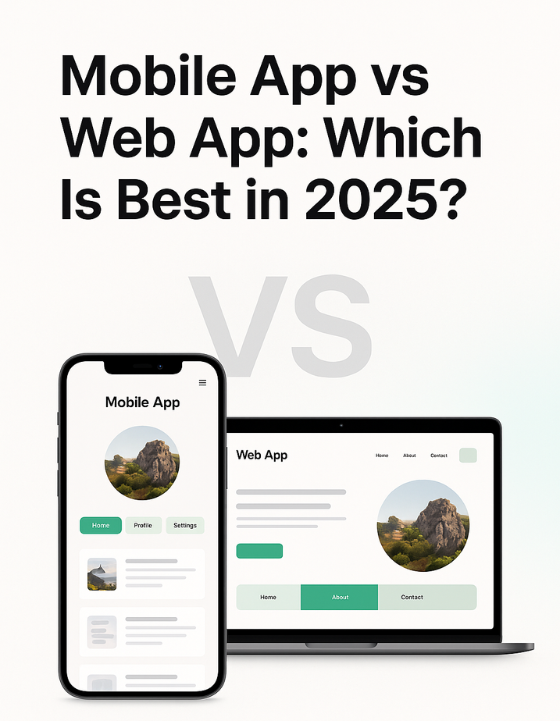

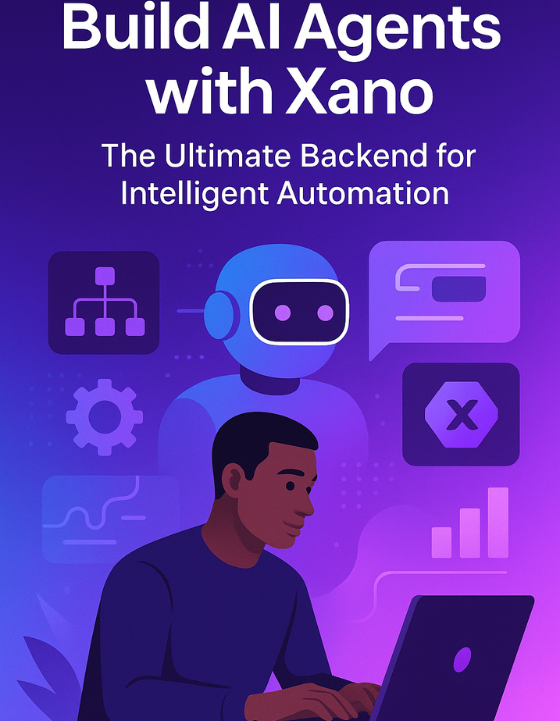
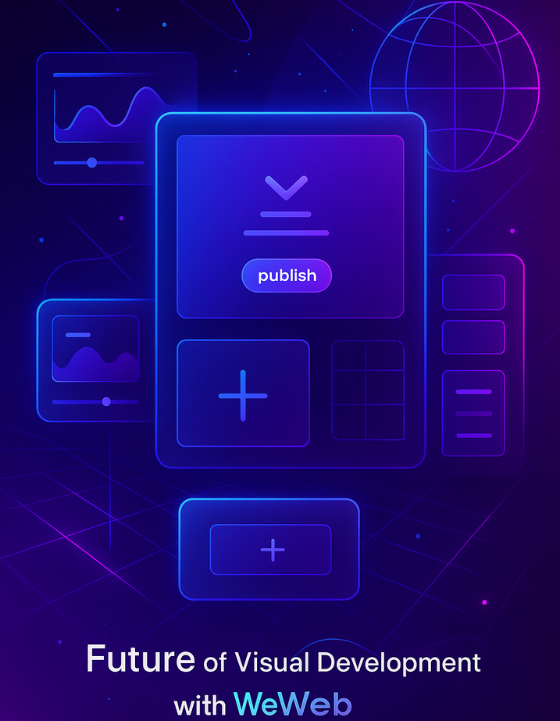
.png)
.png)
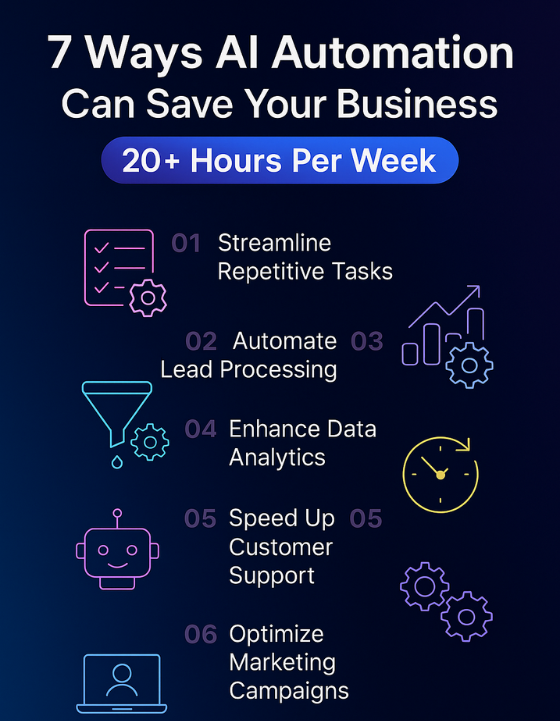
.jpg)
.jpg)
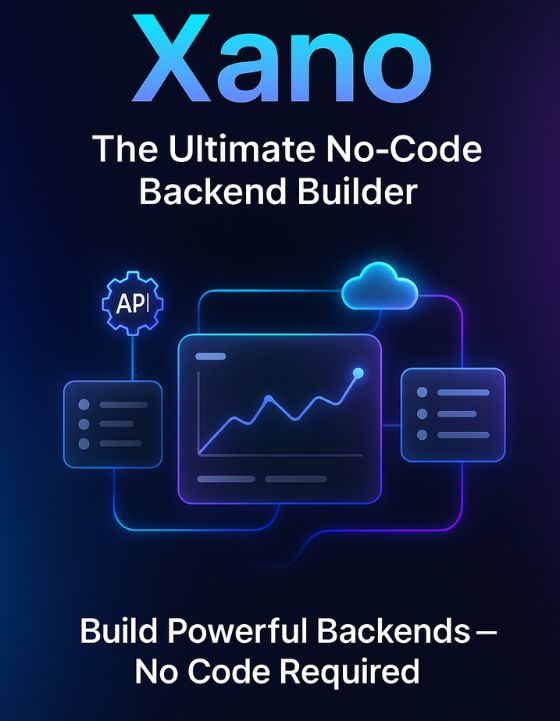
.png)
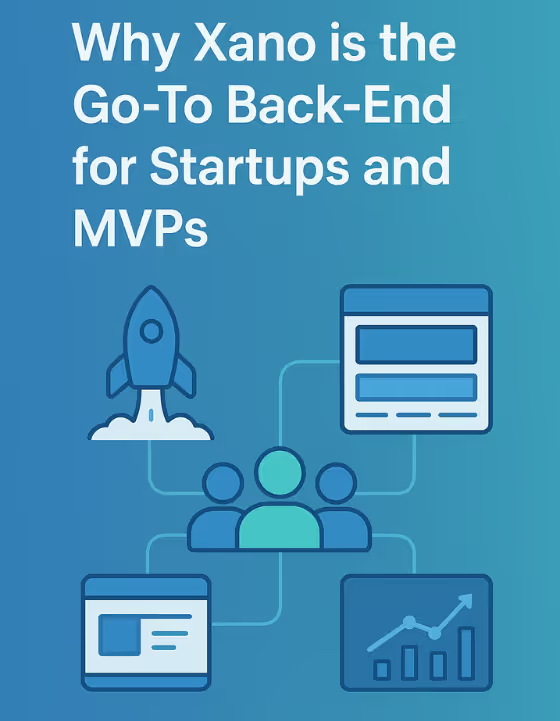


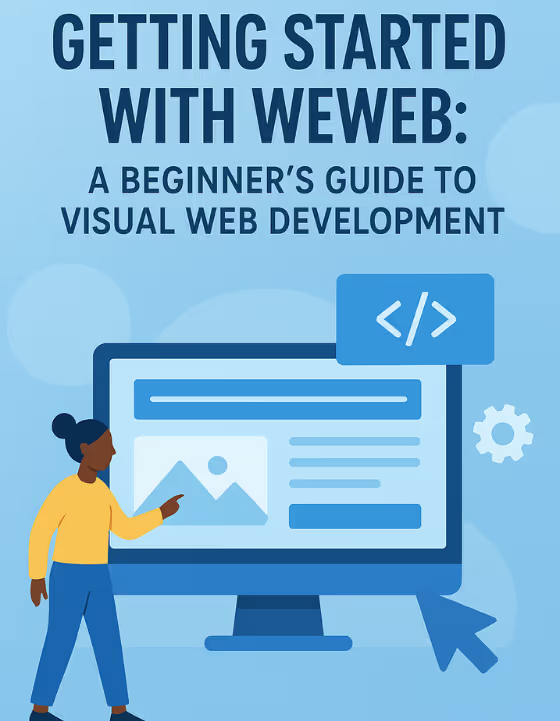
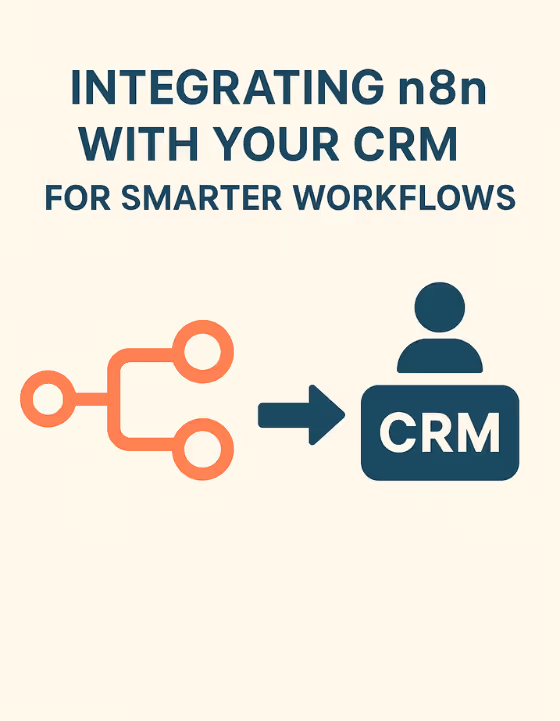
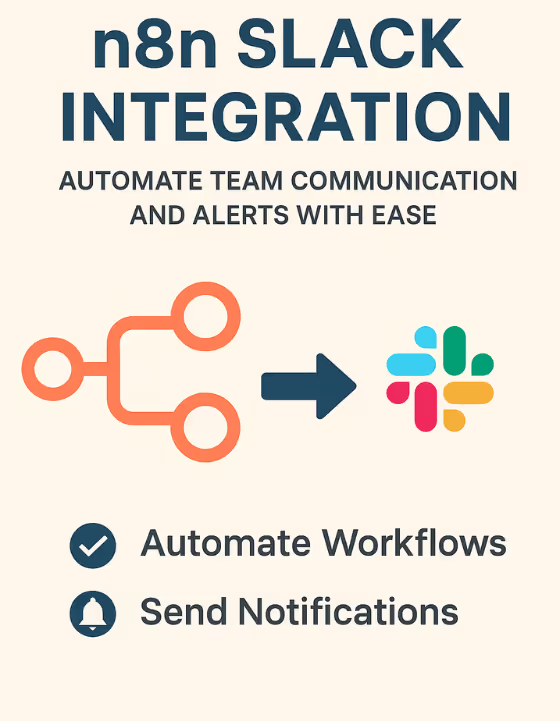














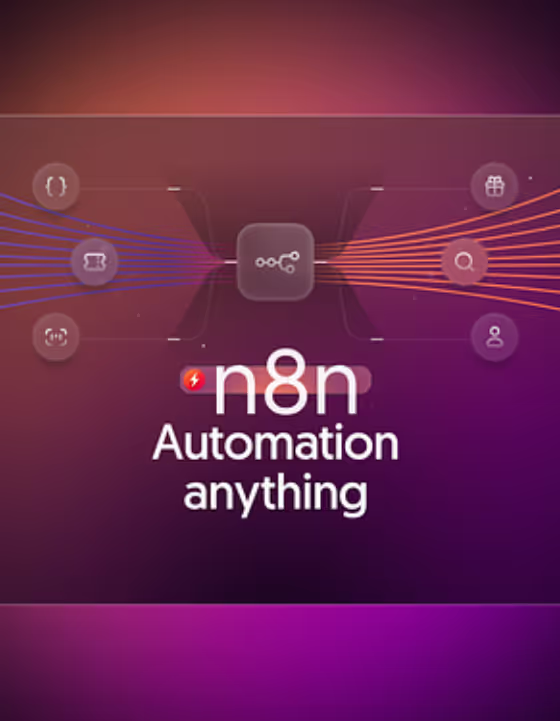


.avif)























.avif)














.avif)

.webp)





